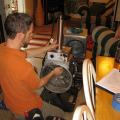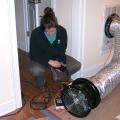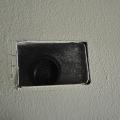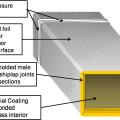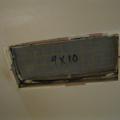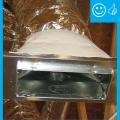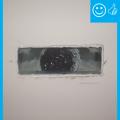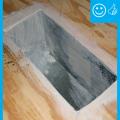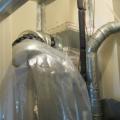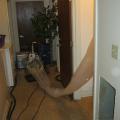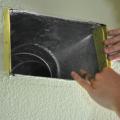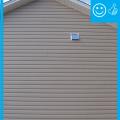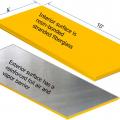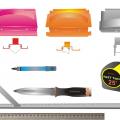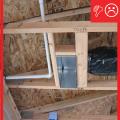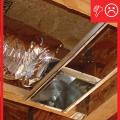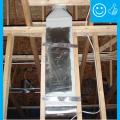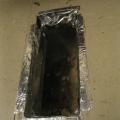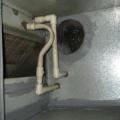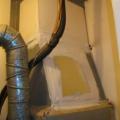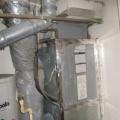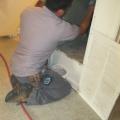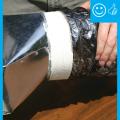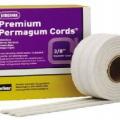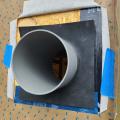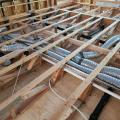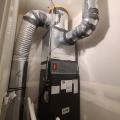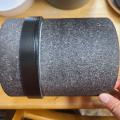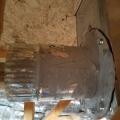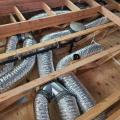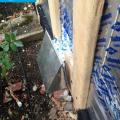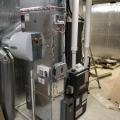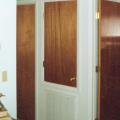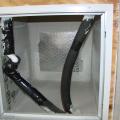Showing results 1 - 50 of 94
A technician assembles the spray sealant injection system to seal HVAC ducts from the inside
Air seal duct boot to ceiling by installing fiberglass mesh tape and mastic over seam
Connect the plastic application tunnel from the injection equipment to the supply plenum.
Cut fiber board with a red V-groove tool and a gray shiplap tool to create mitered corners and a shiplapped edge for duct sections
Duct boot is air sealed to ceiling by covering the seam with fiberglass mesh tape and mastic
Duct boots sealed to floor, wall, or ceiling using caulk, foam, mastic tape, or mastic paste
Fiberglass mesh tape is installed around a duct boot in preparation for air sealing with mastic
Hand tools for cutting fiber board sheets include a knife, straight edge, and color-coded edge-cutting tools
Non-hardening removable putty can be used to seal around wiring holes in the HVAC cabinet
Rater-measured duct leakage to outdoors ≤ 4 CFM25 per 100 sq. ft. of conditioned floor area
Right - An EPDM gasket is installed around an HRV duct installed in an exterior wall; 9 of 14.
Right - Ducts and heat pump cabinet are properly sealed with mastic, high MERV filter is installed, and duct and refrigerant lines are air sealed at ceiling.
Right - Insulating sleeve for small through-the-wall HRV unit with sealing gasket; 3 of 14.
Right – All of the cabinet seams in this HVAC air furnace are sealed with an approved metal tape.
Right: A well-constructed air handler closet
Right: Air seal all seams in the return air plenum before installing a new air handler
Right: Refrigerant piping is sealed where it exits the return plenum
Right: The bottom of the air handler cabinet is well sealed to the return platform
Right: The plenum liner is well sealed to the filter-backed grille
Right: Use mastic to air seal the return air plenum and to seal around refrigerant lines coming from the slab in the floor of the return
